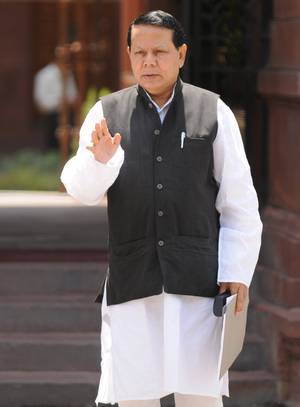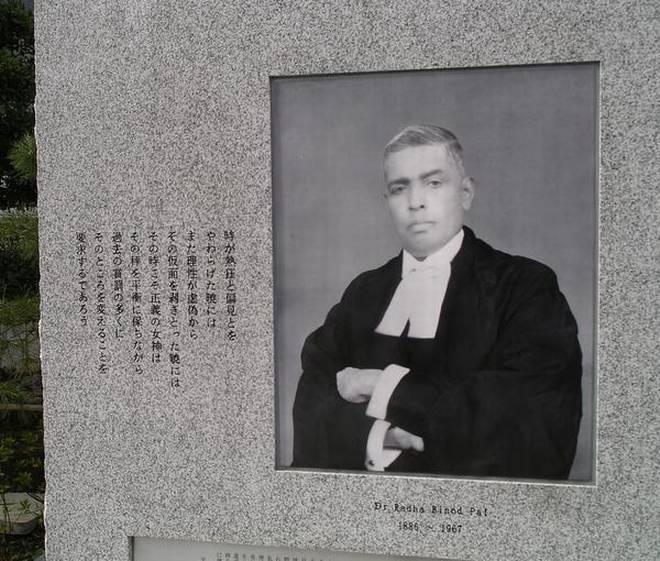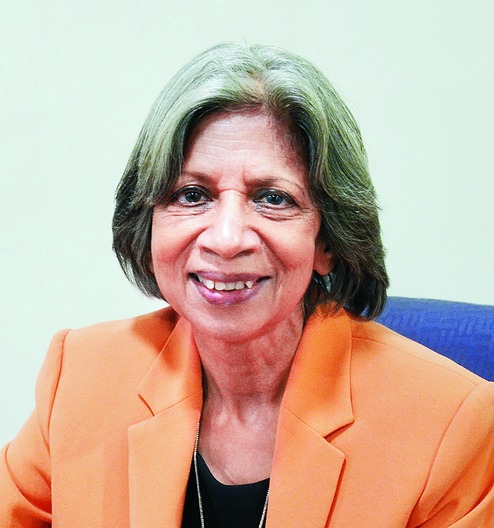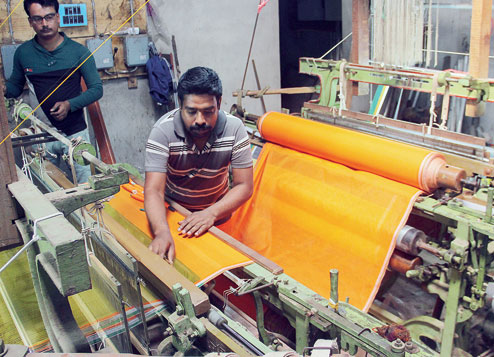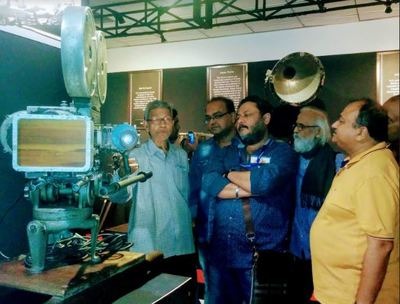
Kolkata :
It was a bitter battle but, in the end, victory was sweet. Bengal has won the Geographical Indication (GI) tag for Banglar Rasogolla, a sweet the state has almost been synonymous with, beating Odisha in a hard-fought war. The win came on Tuesday which was, ironically, World Diabetes Day.
The verdict comes after a two-year-two-month-old battle that the two states fought in the intellectual property wing of the ministry of commerce, which confers the tag. The war over the ubiquitous sweet was, by no means, simple: each state submitted reams of theses supporting their respective claims, drafted by historians, food technologists and even bure-aucrats. In the end, the first use of chhana (curdled milk) in making Bengal’s best-known sweet clinched victory.
The GI website mentions Banglar Rasogolla as “registered” for the coveted GI tag. The item was applicant number 533, and was registered as the 308th item to win the tag.
Chief minister Mamata Banerjee, who is in the UK now, expressed her joy in a tweet. “Sweet news for us all. We are very happy and proud that #Bengal has been granted GI ( Geographical Indication) status for Rosogolla,” she wrote. State higher education minister Partha Chatterjee, too, was ecstatic.
“We had applied for the GI tag in 2015,” said food processing secretary Nandini Chakraborty. “Rasogolla — under the name Banglar Rasogolla — will be registered under the Food Processing and Horticulture Development Corporation Ltd.”
Bengal perhaps never imagined that it would one day have to stake a claim on the rasogolla, but a claim made by the Odisha government, on the day of Ulta Ratha, 2015, saying the day should be declared as Odisha’s Rasogolla Day, made it sit up and take note.
Soon, Odisha applied for a GI tag on the rasogolla and Bengal’s science and technology department, prodded by thousands of rasogolla fans, lodged a counter-claim. In September 2015, the state prepared a dossier containing all sorts of proof — documents, historical texts and analogies — in support of its claim that the rasogolla was native to Bengal, and had been invented in two stages in two completely different historical time zones. The claim was registered by the GI registrations office and separate investigations were launched to authenticate the respective claims.
The Bengal government consulted sweets researcher Haripada Bhowmick for the historicity of the rasogolla, while the Odisha government got Jagannath cult researcher Asit Mohanty to look into its claim. Bhowmick’s book ‘Rasogolla — Banglar Jagat Matano Abishkar’, has been used as part of the material that was submitted to the GI office. Odisha evoked its gods and temples while staking its claim, replete with references of how Lord Jagannath used the kheermohan, the precursor of the rasogolla, to appease his consort goddess Lakshmi. And why mythology alone, even ancient history — from the time of the Dandi Ramayana, an adaptation of the epic by Balaram Das of the 16th century — has been used as reference. Bengal, too, has argued that it can trace the roots of the rasogolla to the times of the Bhakti movement of the 15th century and how Mahaprabhu Sri Chaitanya might have taken the sweet, in its formative stage, from Bengal to Odisha, when he started residing in Puri. Food writers who have been watching this space said the two states agreed on the antiquity of the sweet, if not its place of origin.
“We stand vindicated today,” said Mohua Hom Chowdhury, representative of the state science and technology department, who had coordinated the process with the GI registration office. “There should not have been any debate in the first place. We were rooting for our Banglar Rasogolla, which should not be confused with their kheermohan or their pahala rasogolla, which might be later variations, but are completely different sweets.”
Bengal has explained that the art of rasogolla-making lies in the use of chhana (Bengal-style cottage cheese). “Bengal is the only state that uses chhana, which is curdled milk, to make sweets. The process of curdling is considered ‘unholy’ by most communities including Odiyas, who never offered any sweet to Lord Jagannath made of chhana. The temple records that contain details of the food that can be served to the Jagannath does not mention rasagolla anywhere. To prove its point, the Bengal dossier quotes liberally from historical texts, records and literature like ‘Nadia Kahini’ by Kumudnath Mullick, proceedings of the Bangiya Sahitya Parishad, translations from the ‘Chaitanya Charitamrita’, ‘Chandimangal’ by Kabikankan Mukunda, etc. Kheermohan is made of kheer or concentrated milk and pahala rossogolla, a variant of Bengal’s original sweet, is yellowish in colour, less soft and much more sweet.
“Odisha should apply for kheermohan and pahala rasogolla separately,” Hom Chowdhury added.BoxGI tag : What does it mean?It is a name or sign used on certain products which corresponds to a specific geographical location or origin (town, region, or country)
Use of GI may act as certification that the product has certain qualities, is made according to traditional methods, or enjoys a certain reputation, due to its geographical originWhat will happen now?Any sweet maker can apply to the state science and technology department for the Banglar Rasogolla GI tag. There will be an investigation as to whether he is using the right ingredients, in the right quantity and following the specified manufacting process to be worthy of the tag.What are the advantages ?The tag is a proof of authenticity and someone who has been awarded the tag is definitely superior to one who is still selling rasogolla but doesn’t have the tag.Other Bengal items with GI tagThere are 15 items from Bengal with the GI tag now, some of them are :
Darjeeling tea (drink), Lakshman bhog, fazli, himsagar, baluchari sarees, dhaniakhali sarees, Joynagar moya, Bardhaman Sitabhog, Bardhaman Mihidana, Gobindobhog rice, Tulaipanji rice, Banglar RasogollaGI tag awaited Sarpuria and Sarbhaja.
source: http://www.timesofindia.indiatimes.com / The Times of India / News> City News> Kolkata News / by Jhimli Mukherjee Pandey / November 15th, 2017
